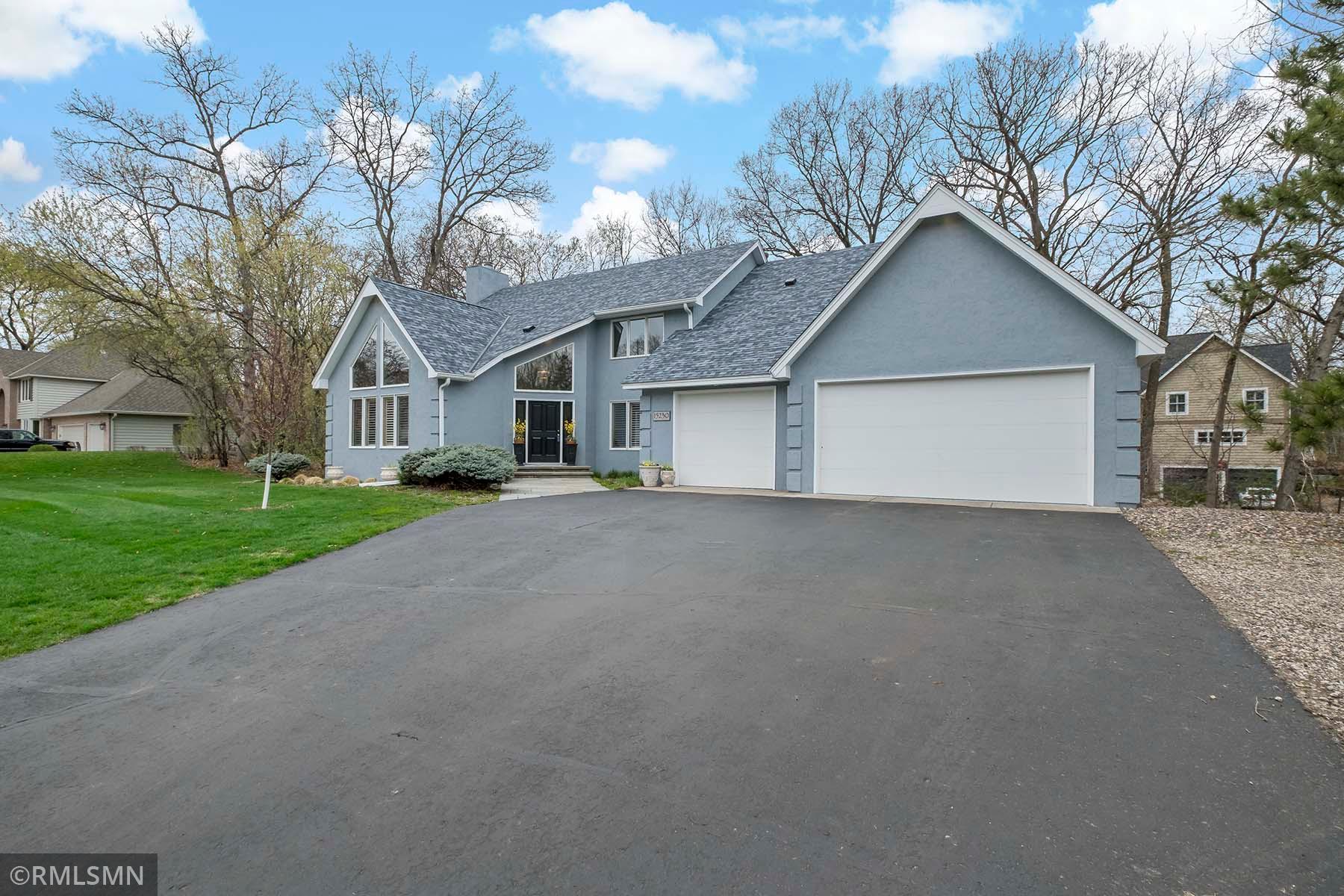Are you buying a new house for your family to move to? Or have you finally come to terms with selling your ancestral home and moving out? With all the complexities related to a real estate transaction, you don't want to fall behind and lose anything from the deal. That's why you should learn about the intricate real estate aspects as much as possible. And one of those things is appurtenance. So, what is appurtenant in real estate?
Appurtenants are items or components that go beyond just the physical structure of the property itself. It may sound like jargon, but knowing about appurtenance is vital when dealing with property rights and items that are considered part of the property.
In this article, we will explore what exactly qualifies as an appurtenant in real estate and why it matters for buyers and sellers alike. We'll cover everything from defining appurtenances to providing examples of common types encountered during real estate transactions. So, let's dive right into this topic!
What is Appurtenant in Real Estate?
In the world of real estate, appurtenance indicates the rights and restrictions that are naturally tied to a property, even when it gets sold or transferred to a new owner. Think of it as something belonging to the larger entity—the property itself! For example, we're talking about features like barns, fences, or furnaces in a house that are attached to the property and immovable. These parts or components of a property are called appurtenants.
Appurtenants are permanent structures that always amplify a property's value because they can't be separated. For an item or component to be qualified as an appurtenant in real estate law, it must meet three criteria. One is permanence, meaning if it is intended to stay. Then comes the method of attachment, which implicates how strongly it is connected. And, finally, ease of removal, meaning if it's feasible to remove the component. Let’s get an idea of what these criteria are all about!

The Criteria for Appurtenances
As we understand by now, for any item or fixture to be called an appurtenant, it must fulfill three conditions. We will now discuss what these are and why they are important to consider when closing a real estate deal.
Permanence
In simple words, any improvement made to a property should be a permanent addition. For example, the installation of a heating system or in-ground swimming pool would qualify as an appurtenant. That's because they are fixed and cannot easily be removed from the property like personal belongings.
Permanence ensures that these additions become part of the real estate sale and are passed along with the property rights when ownership changes hands.
Method of Attachment
Method of attachment is about how the improvement or fixture is connected to the property. To qualify as an appurtenant, it must be attached using permanent methods.
For example, let's consider a fence around the property. If it is securely fixed into the ground with concrete or welded onto posts that are firmly planted in place, then it would likely be an appurtenant. On the other hand, if a temporary fence made with removable panels and stakes was used instead, it might not meet this criterion.
Ease of Removal
If removing a particular improvement or addition would cause significant damage to the property, then it is an appurtenant. But keep in mind that the definition of "significant" may vary depending on local regulations and individual perspectives. In some cases, a court might have to make the final decision if there's a dispute over whether something can be removed without causing damage.
Let's say you have built a grand fireplace that required structural changes to your property. Removing such an elaborate feature could potentially lead to substantial damage and disruption to your house.
What Are Some Examples of Appurtenances?
Here are a few examples and also a highlight of why they are considered appurtenants:
- A House: The main dwelling is a prime example of an appurtenant. The simple reason is that it is permanently attached to the land and forms an integral part of the property.
- A Driveway: Either paved or gravel, a driveway provides access to your home and is often included with the sale as a key component.
- A Garage, Shed, or Barn: These structures are permanently attached to the land and serve specific purposes related to the property. Garages provide shelter for vehicles, while sheds and barns offer storage space for tools, equipment, or even livestock.
- Septic or Sewer Systems: In some areas, there's no access to municipal sewage services. Properties there often have their own septic tanks or sewer systems. These essential installations become part of the property as they facilitate waste management on-site.
- An In-Ground Pool or Pond: Any permanent addition like an in-ground swimming pool can be deemed as an appurtenant. It gives you enjoyment and adds value to the property. And, of course, it is immovable!
- Minerals: If a piece of land holds important mineral resources (such as oil reserves), these minerals are termed appurtenants. They are deeply rooted in the soil and contribute greatly to the property's potential value.
- Trees: While trees may seem natural rather than man-made additions, mature trees can still qualify as appurtenants. Their presence substantially contributes to enhancing the aesthetics and value of a particular parcel of land.
It's worth noting that the types of appurtenants can vary depending on location. Farm buildings might be considered appurtenances in rural areas. But, at the same time, suburban settings may focus more on fixtures such as fences, lighting fixtures, or even lawn ornaments.
What Does Not Qualify as an Appurtenance?
When discussing what qualifies as an appurtenance in real estate, it's equally important to know what does not qualify. Personal property items that can be easily detached and removed are generally not considered appurtenances. These include movable objects like furniture, appliances, or decorations that a tenant may bring into the home.
For example, a well-furnished kitchen cabinet is considered an appurtenance. That's because it is permanently affixed and goes with the sale of the property. But, that wooden showcase filled with crockeries can be removed and is not under the criteria. Trade fixtures are not considered appurtenants.
You need to understand these distinctions. Whether you're the buyer or seller, you must be clear on which elements will remain with or leave the property during any real estate transaction.
Why Knowing About Appurtenance is Important?
The simple answer is that you don't want to be deprived of the opportunity to profit from the real estate deal. It's important for both the buyer and the seller. Buyers often make decisions based on certain characteristics and what comes with the home. And we know that appurtenants are the things that are attached to or belong to a piece of real estate.
Some items like doors, windows, kitchen cabinets, and heating or cooling systems typically come with the purchase of a home. But there may be other items that are not automatically included in the sale. As a buyer, you can ask questions about any particular fixture that seems to meet the criteria but is not listed. Also, if you want any specific item to be considered as an appurtenant, you can put it as a clause in the deal.
So, you need to clarify what is and isn't included upfront through proper communication and documentation. A proper negotiation can prevent future conflicts or misunderstandings between the parties involved.
What’s the Difference Between an Appurtenance vs. Fixture?
We know that an appurtenance refers to a permanent improvement or addition to the property that becomes part of it and is transferred through a sale. On the other hand, fixtures are items integral to a building's function but can also be removed if necessary.
Imagine you install ceiling fans in your home; those would be considered fixtures. They do serve an essential purpose, but you can also uninstall them if needed. Similarly, built-in appliances like ovens or dishwashers fall into this category.
Remember that tenants often need to remove trade fixtures before their lease ends because they're not permanent attachments.
Yes, both appurtenances and fixtures play significant roles in real estate transactions. However, it's important to differentiate them based on permanence and removability because it impacts the value of the property.
What is Appurtenant Easement?
In real estate, appurtenant easements are situations where one party grants another party the right to use their property for a specific purpose. It can be as simple as a homeowner allowing their neighbor access to a walkway on their land that leads to a community park. In this scenario, the homeowner granting access is known as the servient tenement estate, while the neighbor enjoying the limited use is called the dominant tenement estate.
Here are some common forms of appurtenant easements:
- Easement of Necessity: When ownership of land is divided or severed between multiple owners.
- Implied Easements: Where large plots are subdivided, yet each section retains its own rights.
- Express Easements: The most common type created through written deeds or contracts and sold specifically to neighboring property owners.
Additionally, there's something called a prescriptive easement. It arises when someone trespasses a certain property openly and continually over time. When they do that, they are able to claim the easement.
Are Sellers Liable for Damages Caused by Undisclosed Appurtenances?
Yes! Sellers must tread carefully as they can be held liable for damages caused by appurtenants that were not disclosed. It's crucial for sellers to disclose any information about their property and provide clear warnings regarding associated risks. If a seller is found at fault for appurtenant damage, they may have to cover repair or replacement costs.
What if a large branch breaks down from a tree on the property, causing harm or damage due to lack of maintenance? The seller could then be held accountable for those damages. So, both buyers and sellers must understand the potential risks and liabilities.
When purchasing a property with an appurtenance in question, you should consult with a professional beforehand. They can help you evaluate potential risks before making any decisions.
Final Thoughts
Appurtenants in real estate are important components since they are not simply fixtures for decoration or providing common functions. They extend beyond the physical construction of the property and include permanent features such as driveways, garages, and in-ground pools.
When you are considering an item as an appurtenance, it must meet criteria such as permanence, method of attachment, and ease of removal. Understanding these distinctions is critical in real estate negotiations to avoid buyer-seller disputes.
Excelsior Realty brings years of experience working with luxurious Lake Minnetonka properties. We can help clients by offering detailed advice on appurtenances.
We assist in clarifying which elements stay or leave during a transaction, guaranteeing a smooth deal. Our expertise guides clients through negotiations, documentation, and understanding the legal implications of undisclosed appurtenances.
Don't risk misunderstandings—partner with Excelsior Realty for seamless real estate deals. Contact us today to ensure your property transactions are smooth and hassle-free!


